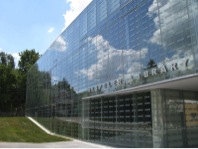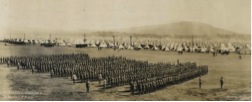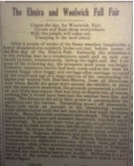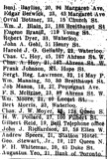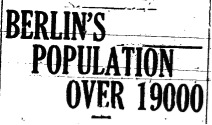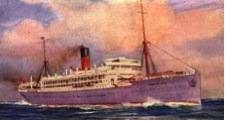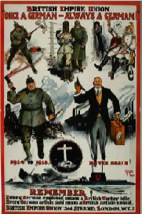Growing concerns over the cost of the war effort and the downturn in industrial production was causing the town of Hespeler to second guess its plans to construct a local library. In August the more prosperous Waterloo had announced that they were halting their library’s construction due to the war effort. In Hespeler local income from industry had only brought in $80,000 in the last year. Additionally, unlike Berlin’s rising population, the town of Hespeler had experienced a slight decrease in population and there was less demand for the local market. This, along with the strains of war felt in Hespeler, resulted in the town council second-guessing its decision to build a public library.
Regardless, the city council passed the motion to construct the library and the city obtained a $10,000 grant from the Carnegie Corporation to start construction. Started by philanthropist Andrew Carnegie, this group supplied money nation wide until 1917 to build public libraries. Carnegie libraries are notable for their Beau-Arts architectural style. The Hespeler Library is functional to this day. It is encased in a glass expansion, which was constructed in the last decade.
(Canada’s Historic Places, “Carnegie’s Canadian Libraries.” Accessed April 19th, 2014. http://www.historicplaces.ca/en/pages/34_carnegie.aspx, “Library Construction” Hespeler Herald, October 8, 1914)
